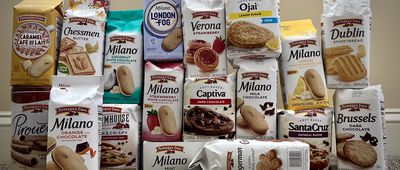Culinary Confusion
It’s a great time to be an at-home chef and amateur foodie. Your next great baked Alaska, duck flambé, or Cornish hen, after all, is just one YouTube video or Blue Apron box away. The problem with all the information floating around is that a lot of it is misinformation. Combine internet folklore with old wives’ tales from forever ago and the result is kitchens that are cluttered with mythology about storing, cooking, and preparing food. Bust these myths first.























